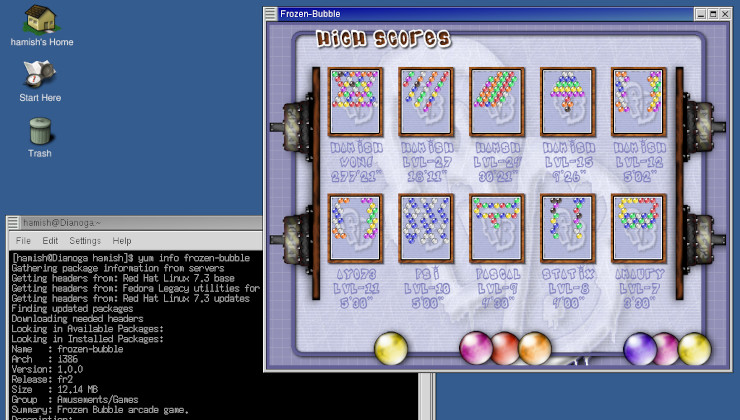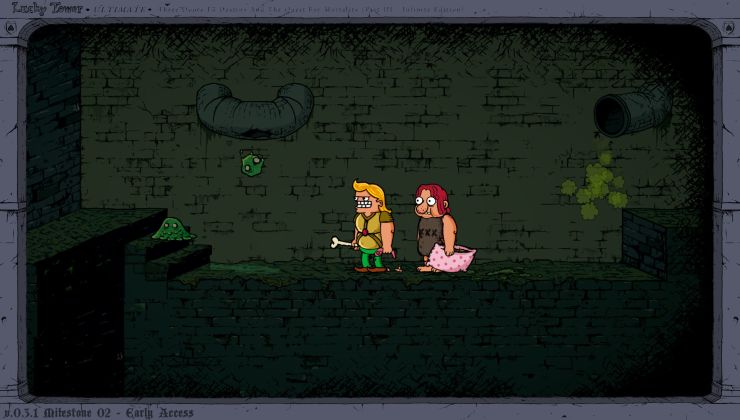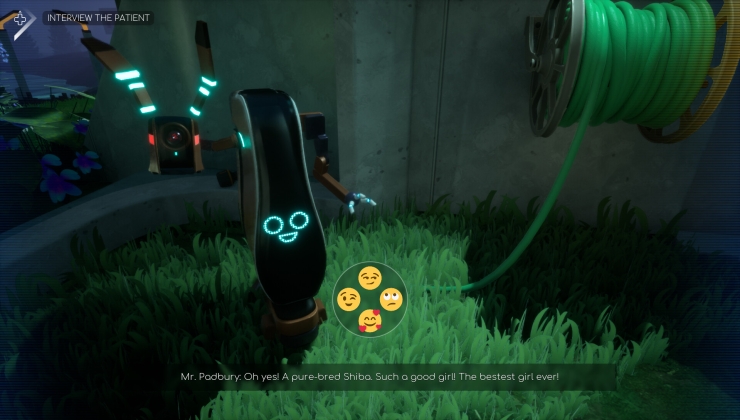Developers working across different areas of Linux are always looking for ways to squeeze a bit more performance, and it seems Collabora came up with a new way to performance test with upgrades to apitrace.
For those unaware: apitrace is a set of tools for tracing, replaying and inspecting calls to various APIs like OpenGL and a fair amount of Direct3D too. It's a way for developers to see what's really going on and then perhaps optimize.
Collabora have announced in a fresh blog post 'gltrim', which is a new tool that has been added to apitrace "that is designed to trim traces to user selected target frame(s)". There's already one such tool available but they say the benefit here is that "resulting traces can always be replayed".
Since it can be a complex area, they put in a fair amount of work to ensure the accuracy of it with a number of examples like testing done with Alien Isolation and ensuring brightness is correct, Civilization V where the screen expands over time and SOMA when dealing with motion blur and some notes on how they're correcting it.
What's the point of all the work really? They say that gltrim "provides the means to trim apitrace traces to contain only a few frames that can still render correctly", and it's pretty quick at doing so along with being semi-automatic. This makes it "more feasible to use traces of resource-intensive games in the Mesa CI", so in future we could see more games seeing automatic testing with the open source Mesa graphics drivers.




 How to set, change and reset your SteamOS / Steam Deck desktop sudo password
How to set, change and reset your SteamOS / Steam Deck desktop sudo password How to set up Decky Loader on Steam Deck / SteamOS for easy plugins
How to set up Decky Loader on Steam Deck / SteamOS for easy plugins
See more from me